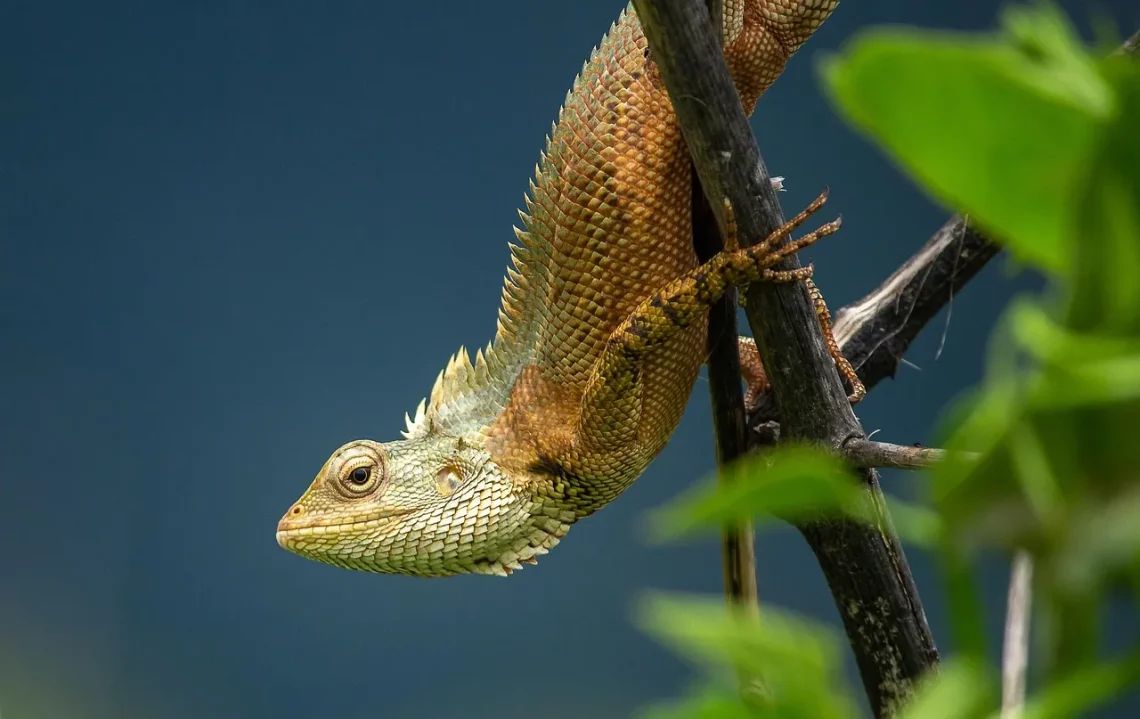
The Ultimate Guide to Caring for Massive Leopard Geckos
Caring for leopard geckos can be an incredibly rewarding experience. These fascinating reptiles are not only known for their striking appearance but also for their docile nature, making them ideal pets for both beginners and seasoned herpetologists. Originating from the arid regions of Asia, they have adapted to a unique lifestyle that requires specific care and attention. Understanding their natural habitat, dietary needs, and behavioral traits is essential for providing the best possible care.
Leopard geckos are nocturnal creatures, which means they are most active during the night. This behavior can be quite intriguing for their owners, as it allows for observation of some fascinating activities. As reptiles, they have specific environmental needs, such as temperature gradients and humidity levels, that must be maintained to ensure their well-being. Additionally, they are known for their ability to shed their skin, a process that is crucial for their overall health.
Creating a suitable living environment and offering the right nutrition can significantly impact their longevity and quality of life. By understanding these creatures more deeply, you can foster a strong bond with your leopard gecko and provide them with a happy and healthy life.
Setting Up the Perfect Habitat
Creating an ideal habitat for your leopard gecko is essential for their health and happiness. Start with a spacious terrarium that can accommodate their size. A 20-gallon tank is suitable for a single adult gecko, while larger enclosures are recommended for multiple geckos. It’s crucial to ensure the tank has a secure lid, as these reptiles are agile climbers and can escape if given the chance.
Substrate choice is important for both comfort and health. Avoid using sand, as it can lead to impaction if ingested. Instead, opt for reptile carpet, paper towels, or ceramic tiles that are easy to clean. These options provide a safe and comfortable surface for your gecko to walk on while minimizing the risk of health issues.
Temperature regulation is another pivotal aspect of leopard gecko care. These reptiles require a temperature gradient within their habitat to thrive. One side of the tank should be kept warm, ideally between 88°F and 92°F (31°C to 33°C), while the cooler side should be around 75°F to 80°F (24°C to 27°C). This setup allows your gecko to thermoregulate according to their needs. Use heat mats or heat lamps to maintain the desired temperatures, but always provide hiding spots where they can escape the heat.
Humidity is also a critical factor to consider. Leopard geckos thrive in environments with moderate humidity levels, typically around 30% to 40%. A shallow water dish should always be available for hydration, and you can increase humidity levels by misting the enclosure lightly on occasion. Additionally, providing a moist hide, filled with damp sphagnum moss, can aid in the shedding process and help maintain proper humidity levels.
Lastly, enrich the habitat with various hiding spots and climbing structures using rocks, logs, and commercially available reptile decorations. This not only provides your gecko with a sense of security but also encourages natural behaviors, leading to a happier and healthier pet.
Dietary Needs and Nutrition
Feeding your leopard gecko the right diet is crucial for their overall health and well-being. In the wild, these reptiles primarily feed on insects, so replicating this natural diet is essential. Offer a variety of live insects such as crickets, mealworms, and dubia roaches, as these will provide the necessary nutrients they need to thrive.
Adult leopard geckos typically require feeding 2-3 times a week, while juveniles may need to be fed daily. Ensure that the insects are appropriately sized; they should not be larger than the width of your gecko’s head to prevent choking. Dusting the insects with a calcium supplement several times a week is highly recommended, as leopard geckos have a high calcium requirement to maintain strong bones and prevent metabolic bone disease.
In addition to calcium, offering a multivitamin supplement once a week can provide your gecko with essential nutrients that may not be available from their insect diet. This helps prevent deficiencies and supports overall health.
Water is another critical component of your gecko’s diet. Always provide a shallow water dish, ensuring it is cleaned regularly to prevent the growth of bacteria. Dehydration can lead to serious health issues, so it’s vital to monitor their water intake, especially during hotter months.
While leopard geckos primarily thrive on an insect-based diet, some owners may wonder about incorporating other food sources. While fruits or vegetables are not a natural part of their diet, small amounts can be offered occasionally as a treat. However, avoid making them a staple, as they do not provide the essential nutrition that leopard geckos need.
By paying close attention to their dietary needs, you can ensure that your leopard gecko remains healthy, active, and vibrant.
Understanding Behavior and Socialization
Leopard geckos are known for their unique behaviors and social dynamics. Understanding these aspects is vital for fostering a positive relationship with your pet. As nocturnal creatures, they are most active during the night. This natural behavior means that interaction during the day may result in a more lethargic gecko, as they prefer to rest in their hiding spots.
Handling your leopard gecko can enhance your bond, but it’s important to approach it correctly. Begin by allowing your gecko to acclimate to their environment for several days before attempting to handle them. When you’re ready to interact, use slow and gentle movements to avoid startling them. It’s best to scoop them up from underneath, providing support to their body, which can help them feel secure.
Leopard geckos are typically solitary animals, and while some can coexist with others, it’s crucial to monitor their interactions closely. Males, in particular, can be territorial and may fight if housed together. If you choose to house multiple geckos, ensure that they are of similar sizes and monitor their behavior to prevent aggression.
Enrichment is also essential for keeping your leopard gecko mentally stimulated. Rotate their hiding spots and decorations occasionally to provide new challenges and environments. Additionally, consider offering foraging opportunities by hiding insects within their substrate, which encourages natural hunting behavior.
Recognizing signs of stress is vital. If your gecko is hiding excessively, displaying aggressive behavior, or refusing to eat, these may indicate stress or health issues. Creating a calm environment with minimal disturbances can help alleviate anxiety and promote a healthier lifestyle for your pet.
By understanding and respecting their behaviors, you can create a fulfilling environment for your leopard gecko, leading to a strong, trusting relationship.
Health Monitoring and Common Issues
Monitoring the health of your leopard gecko is essential for ensuring a long and healthy life. Regular health checks can help you identify potential issues early on, allowing for timely intervention. Look for signs of a healthy gecko: bright eyes, clear skin, and active behavior.
One of the most common health issues in leopard geckos is metabolic bone disease, often caused by insufficient calcium intake or UVB exposure. Symptoms may include lethargy, swollen limbs, or difficulty moving. Providing a balanced diet with adequate calcium and vitamin D3 supplements can help prevent this condition.
Another common issue is shedding problems, known as dysecdysis. If your gecko has retained skin, especially around the toes or tail, it can lead to circulation problems and even loss of limbs if not addressed. To assist with shedding, maintain proper humidity levels and provide a moist hide for your gecko to use during this process.
Parasites can also affect the health of leopard geckos. If you notice weight loss, lethargy, or abnormal feces, consider consulting a veterinarian for a fecal exam. Regularly cleaning their habitat and providing a varied diet can help reduce the risk of parasitic infections.
Lastly, be aware of signs of respiratory infections, which can manifest as wheezing, labored breathing, or nasal discharge. If you observe any of these symptoms, it is crucial to seek veterinary care promptly.
By staying vigilant and proactive about your leopard gecko’s health, you can help them live a long, fulfilling life. Always consult with a veterinarian who specializes in reptiles for any health concerns or questions.
**Disclaimer:** This article is for informational purposes only and does not constitute medical advice. Always seek the advice of a qualified healthcare provider with any questions you may have regarding a medical condition or health concern.




